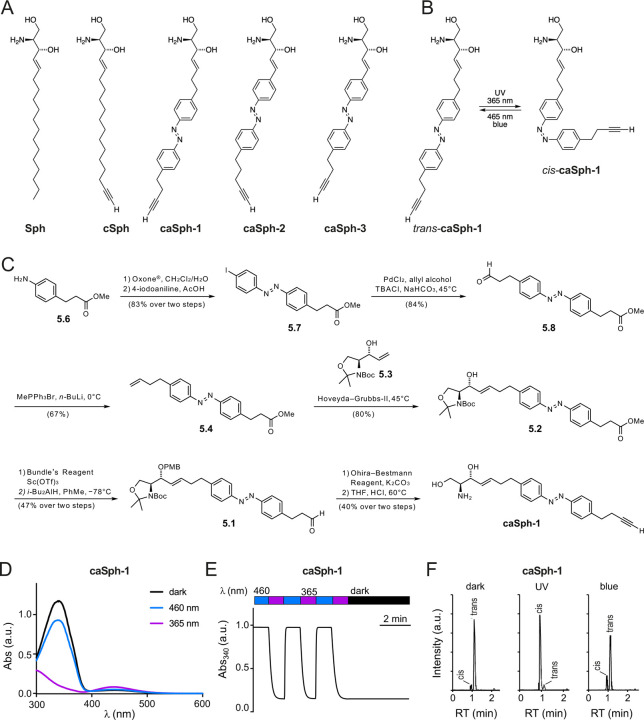Figure 1. Design and synthesis of clickable and photoswitchable sphingosines.
(A) Chemical structures of sphingosine Sph, clickable sphingosine cSph, and clickable and photoswitchable sphingosines caSph1, caSph2 and caSph3. (B) caSph1 undergoes reversable isomerization between its cis- and trans-configuration with UV (365 nm) and blue (470 nm) light, respectively. (C) Chemical synthesis of csSph1. See main text for details. (D) UV-Vis spectra of caSph1 (50 μM in DMSO) in its dark-adapted (trans, black), UV-irradiated (cis, violet) and blue irradiated (trans, blue) states. (E) caSph1 (50 μM in DMSO) undergoes isomerization to its cis-configuration with UV (365 nm) light, and this effect is completely reversed with blue (465 nm) light. Photoswitching was monitored by measuring the absorbance at 340 nm. (F) Dark-adapted caSph-1 (0.3 μM in HPLC eluent) was either kept in the dark or irradiated with UV or blue light and then analyzed by HPLC-MS-MS to determine the amounts of trans- and cis-isomers formed.

